Category: 6. Chemistry
-

Using electricity, scientists find promising new method of boosting chemical reactions
As the world moves away from gas towards electricity as a greener power source, the to-do list goes beyond cars. The vast global manufacturing network that makes everything from our batteries to our fertilizers needs to flip the switch, too. A study from UChicago chemists found a way to use electricity to boost a type…
-

New method illuminates druggable sites on proteins
Identifying new ways to target proteins involved in human diseases is a priority for many researchers around the world. However, discovering how to alter the function of these proteins can be difficult, especially in live cells. Now, scientists from Scripps Research have developed a new method to examine how proteins interact with drug-like small molecules…
-

Aptamers: lifesavers; ion shields: aptamer guardians
Aptamers, nucleic acids1 capable of selectively binding to viruses, proteins, ions, small molecules, and various other targets, are garnering attention in drug development as potential antibody substitutes for their thermal and chemical stability as well as ability to inhibit specific enzymes or target proteins through three-dimensional binding. They also hold promise for swift diagnoses of…
-
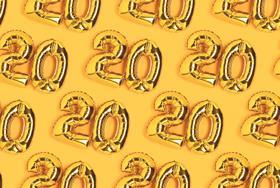
A milestone year | Opinion
2024 is set to be a special year for Chemistry World because it’s 20 years since we published our first issue. A lot has happened since. In 2004 there was no graphene, no Crispr, no financial crisis, no bitcoin, no President Obama, no President Trump, no Brexit, no Covid, no iPhone, no Tesla, nothing formerly…
-
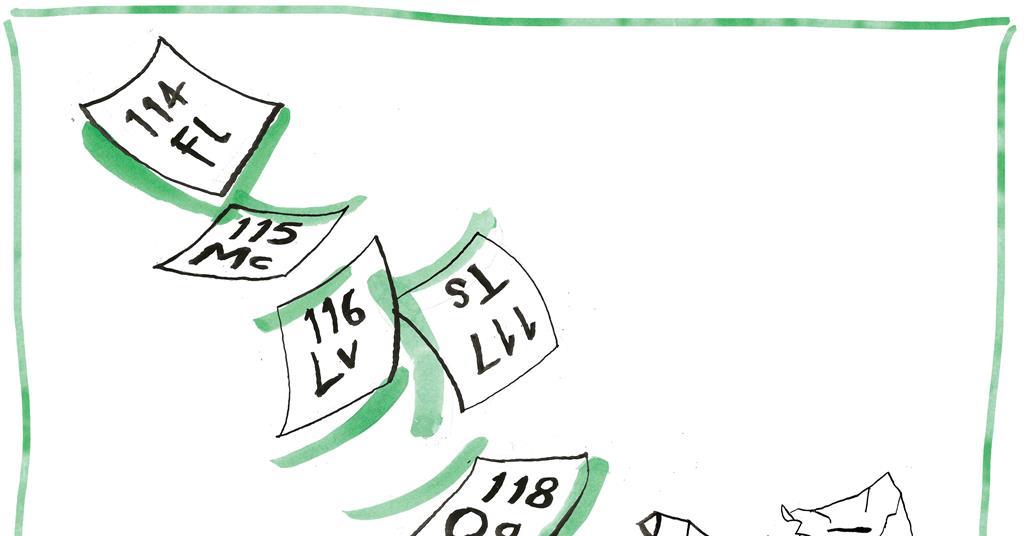
The story of how the most successful US–Russia scientific collaboration collapsed | News
I only had a gun pulled on me once during my time at Chemistry World. It was on a chill October morning at the Joint Institute for Nuclear Research (JINR) in Dubna, Russia, and the military guards, still at their post from the Cold War with AK-47s at the ready, hadn’t been told about our…
-
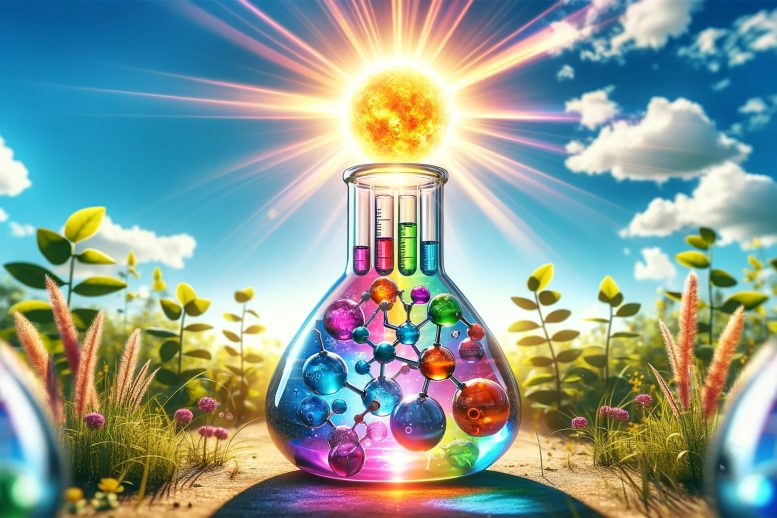
How TiO2 Is Paving the Way for Greener Synthesis
Researchers have introduced an innovative method for creating heterocyclic compounds using TiO2 and visible light, offering a more sustainable and cost-effective approach compared to traditional high-energy processes. Credit: SciTechDaily.com Researchers propose a new titanium dioxide-catalyzed strategy for synthesizing thiochromenopyrroledione derivatives in blue light. Heterocyclic compounds are organic molecules with a ring structure comprising at least…
-
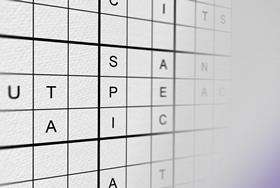
Chemistry wordoku #024 | Puzzle
Solve this ‘wordoku’ in the same way as a sudoku with letters instead of numbers (the nine letters once in each row, column and nine-square cell). Once solved, one of the overall diagonals contains the jumbled name of a food component first synthesised in 1930. This week’s letters are: A C E I N P S…
-

Planning for public engagement in 2024 | Opinion
January is a month that holds different delights depending where you are in the world. Here in Australia we are still hopping between the beach and the cool relief of air-conditioned shopping malls, but I know full well that northern hemisphere readers are likely dreaming of their summer holidays and pulling on more layers of…
-
Clay-supported bio-based Lewis acid ionic liquid as a potent catalyst for the dehydration of fructose to 5-hydroxymthylfurfural
Hal-IL structure In Fig. 1A the XRD patterns of Hal and Hal-IL are shown and compared. As depicted, the Hal provided from China exhibited the peaks at 2θ = 12.3°, 18.8°, 20.6°, 25.2°, 35.7°, 38.1°, 56.3° and 62.5°. Although in the XRD pattern of Hal-IL, the characteristic peaks of Hal are observed, this pattern is distinguished from pristine…
-
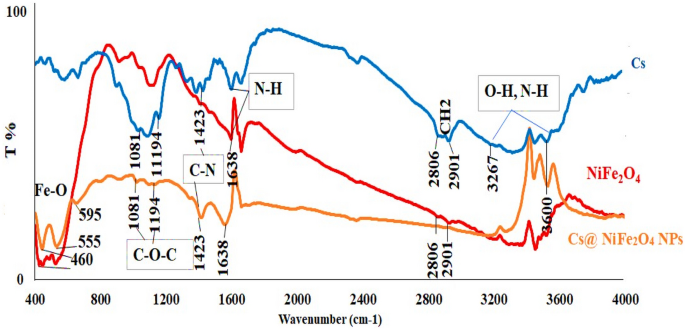
Modeling sunset yellow removal from fruit juice samples by a novel chitosan-nickel ferrite nano sorbent
FTIR analysis The FTIR spectra of Cs, NiFe2O4 NPs, and Cs@NiFe2O4 NPs are presented in Fig. 2. The FTIR spectrum of Cs indicates a broad band at 3600–3267 cm-1 attributed to O–H (hydroxyl group) and NH2 (amine group) starching vibrations48,49, sharp peaks owing to symmetric and asymmetric C–H stretching vibrations at 2901 cm−1 and 2806 cm−1, respectively, and peaks…